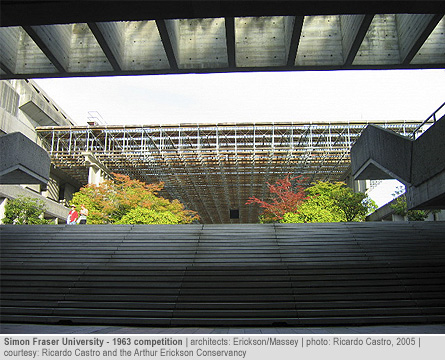Objectives
An architectural competition can have one of three objectives:
- To select a design and an architect;
- To select an architect;
- To provide awards for design ideas and/or research.
Competitions typically provide a wide range of design solutions that would not be possible by pre-selecting one architect.
Competitions are common in countries such as Finland, Ireland, the United Kingdom, Australia, and New Zealand. These competitions have resulted in a high quality of design as well as creating public interest in the role of architecture in national and community life.
However, competitions are not as common in North America. It is likely that potential sponsors are not familiar with competitions or may consider the competition process to be complicated, expensive, and time consuming.
But competitions need not be difficult. A well-planned competition should be straightforward to manage and beneficial to the sponsor, the participants, and the community.
Benefits
For sponsors:
Competitions provide options. For example, a sponsor can choose to select a design and its architect, or the sponsor can obtain research or ideas through a creative process to initiate a project or product. When a number of architects focus on a single problem, the process contributes to design excellence and variety.
For architects:
Many competitions offer opportunities for young architects that are not always available through other selection methods. Several significant architects have launched their careers because their designs were selected as the winning schemes.
For the community:
Competitions can create community interest and/or involvement, and a successful conclusion can contribute to community identity and pride.
For corporations/institutions:
Competitions can bring positive attention to a project and help promote and contribute to corporate/institutional identity.




